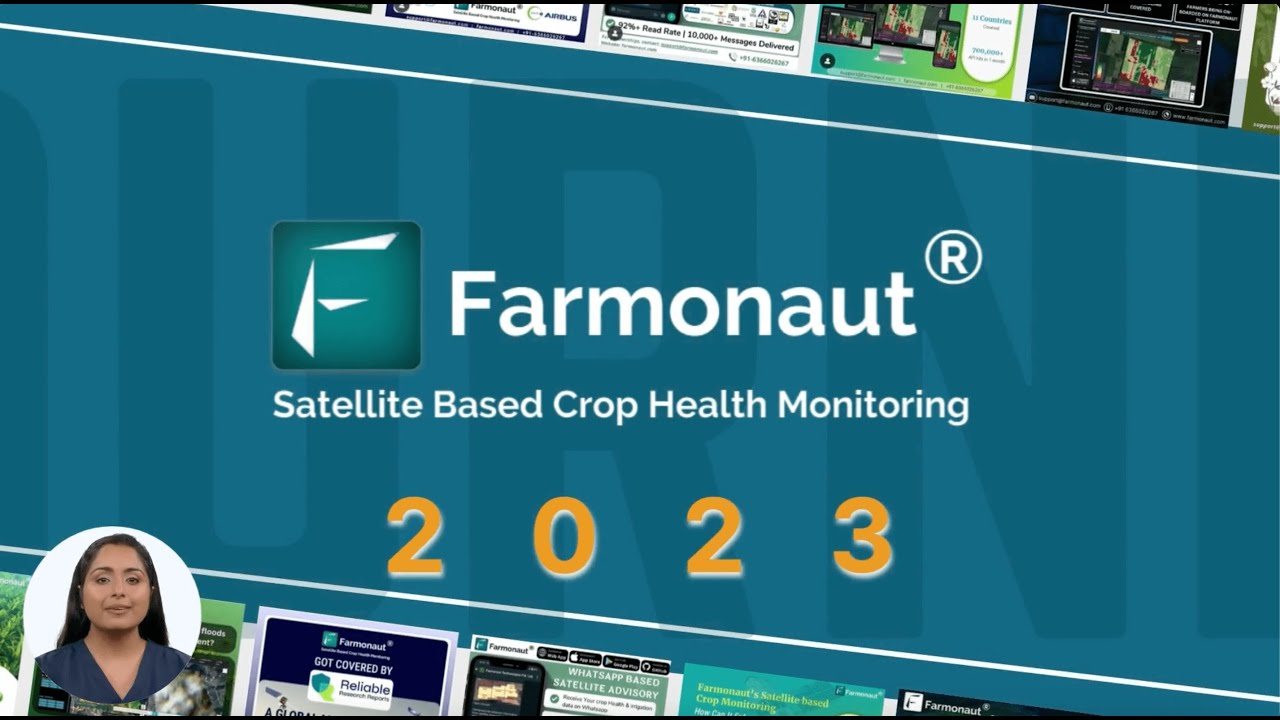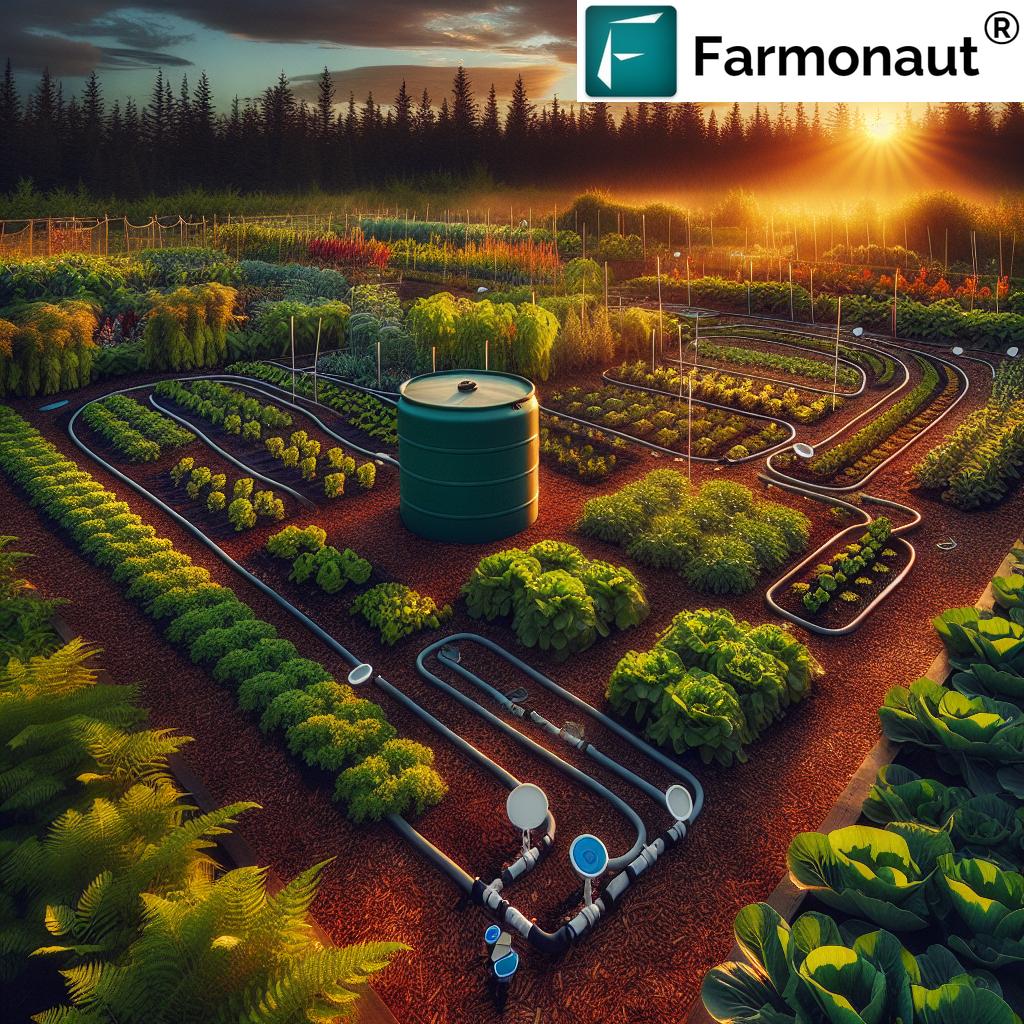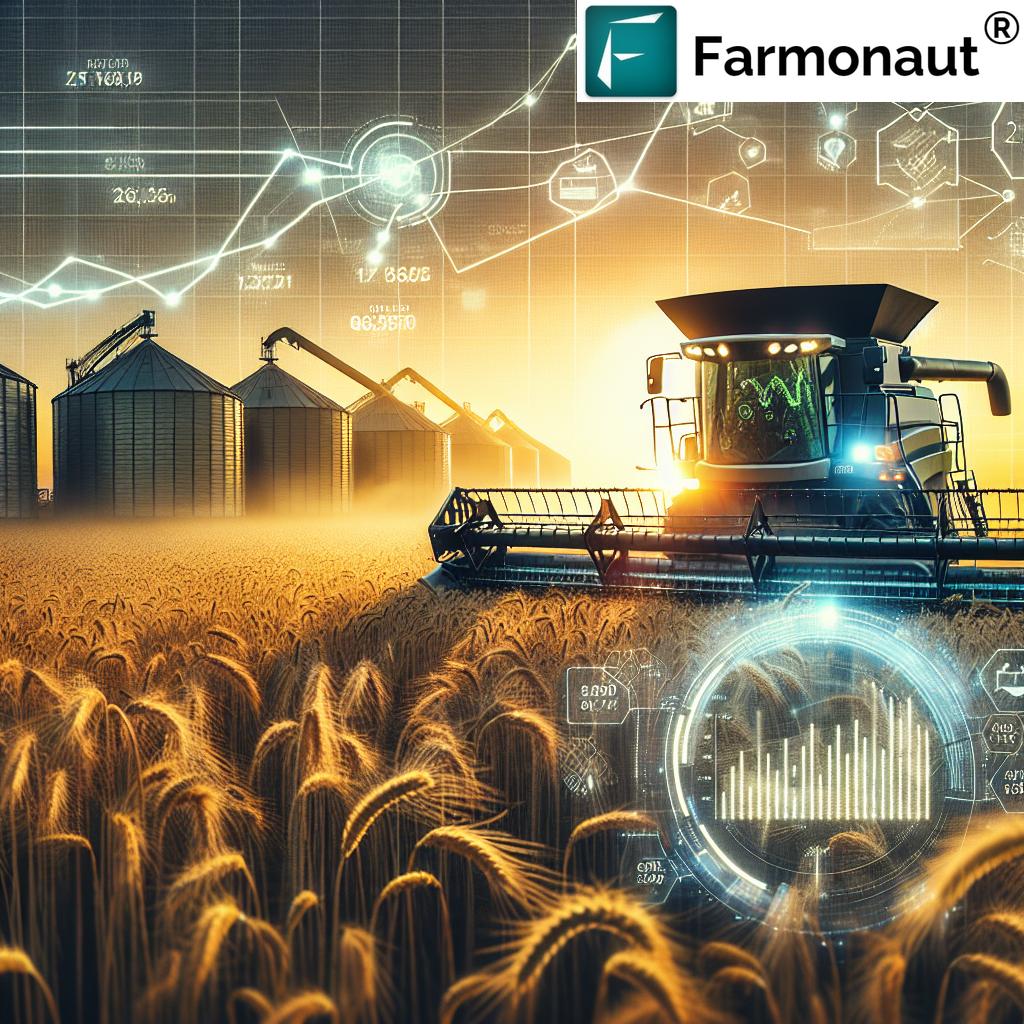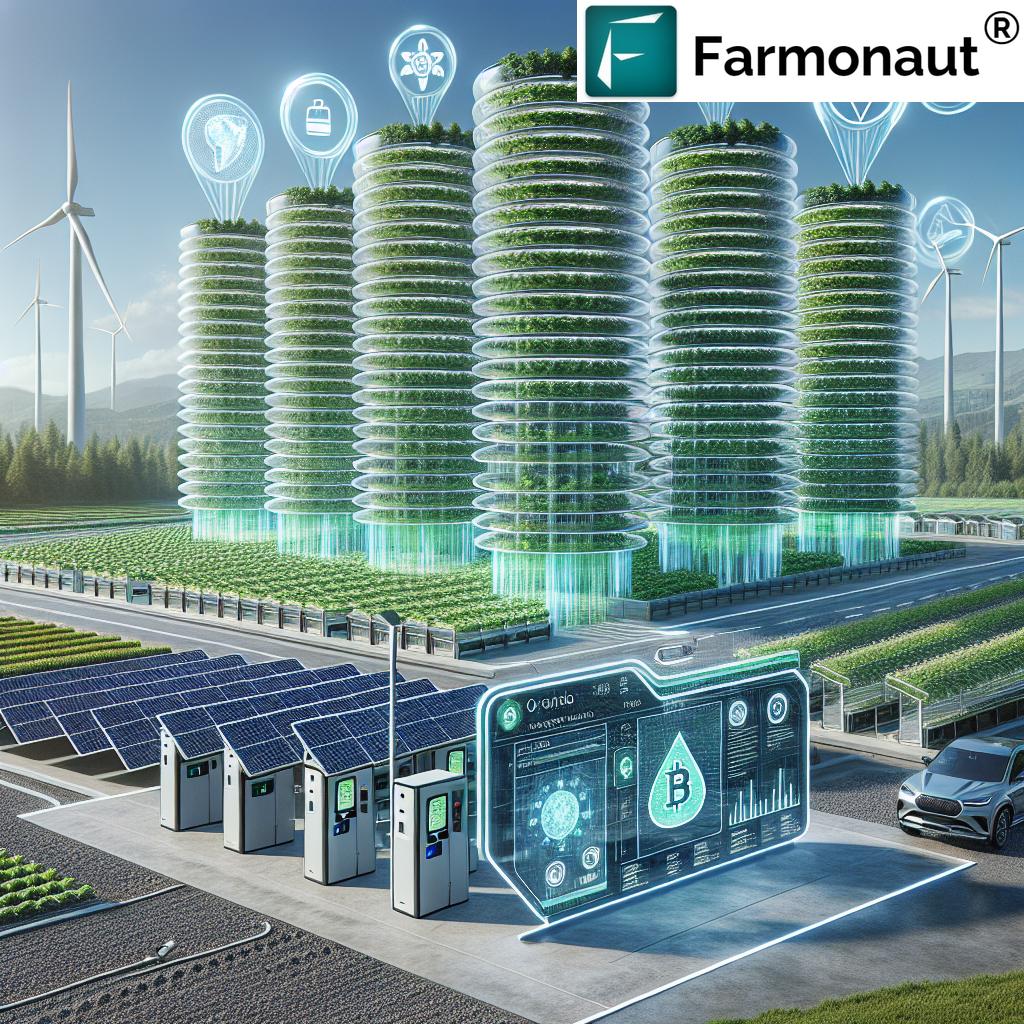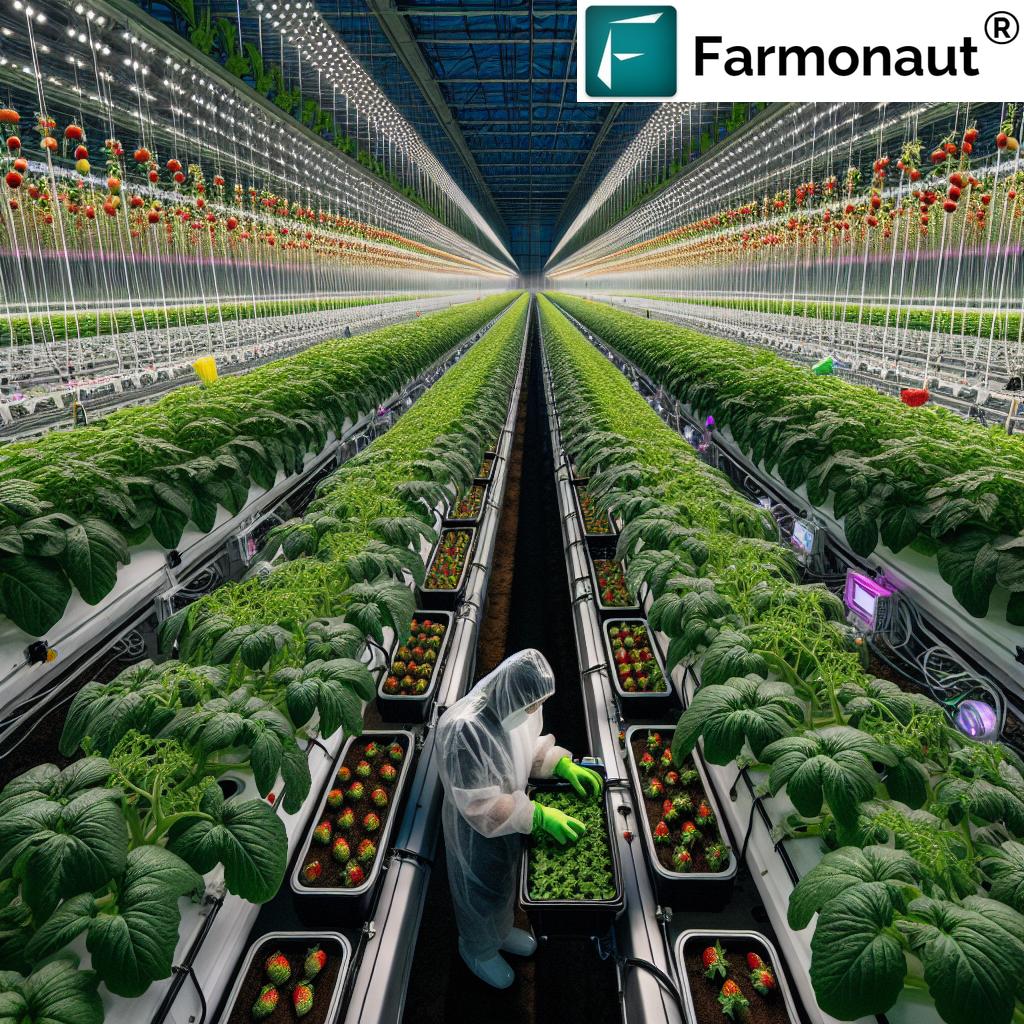Revolutionizing Vancouver’s Agricultural Tech: Innovative Vertical Farming Systems Secure $2.5M Investment
“Vancouver’s vertical farming innovation secures $2.5M investment, boosting local sustainable agriculture solutions.”
In a groundbreaking development for Vancouver’s agricultural technology sector, CubicFarm® Systems Corp. has successfully closed a significant private placement, securing C$2.5 million in investment. This substantial financial backing marks a pivotal moment in the advancement of vertical farming technology and sustainable agriculture solutions in British Columbia and beyond.
The Dawn of a New Era in Urban Agriculture
As we navigate the challenges of climate change and increasing urbanization, the need for innovative and sustainable food production methods has never been more pressing. Vertical farming technology stands at the forefront of this agricultural revolution, offering a beacon of hope for future-proof food production. The recent investment in CubicFarms underscores the growing recognition of vertical farming’s potential to reshape local food supply chains and enhance food security in urban areas.
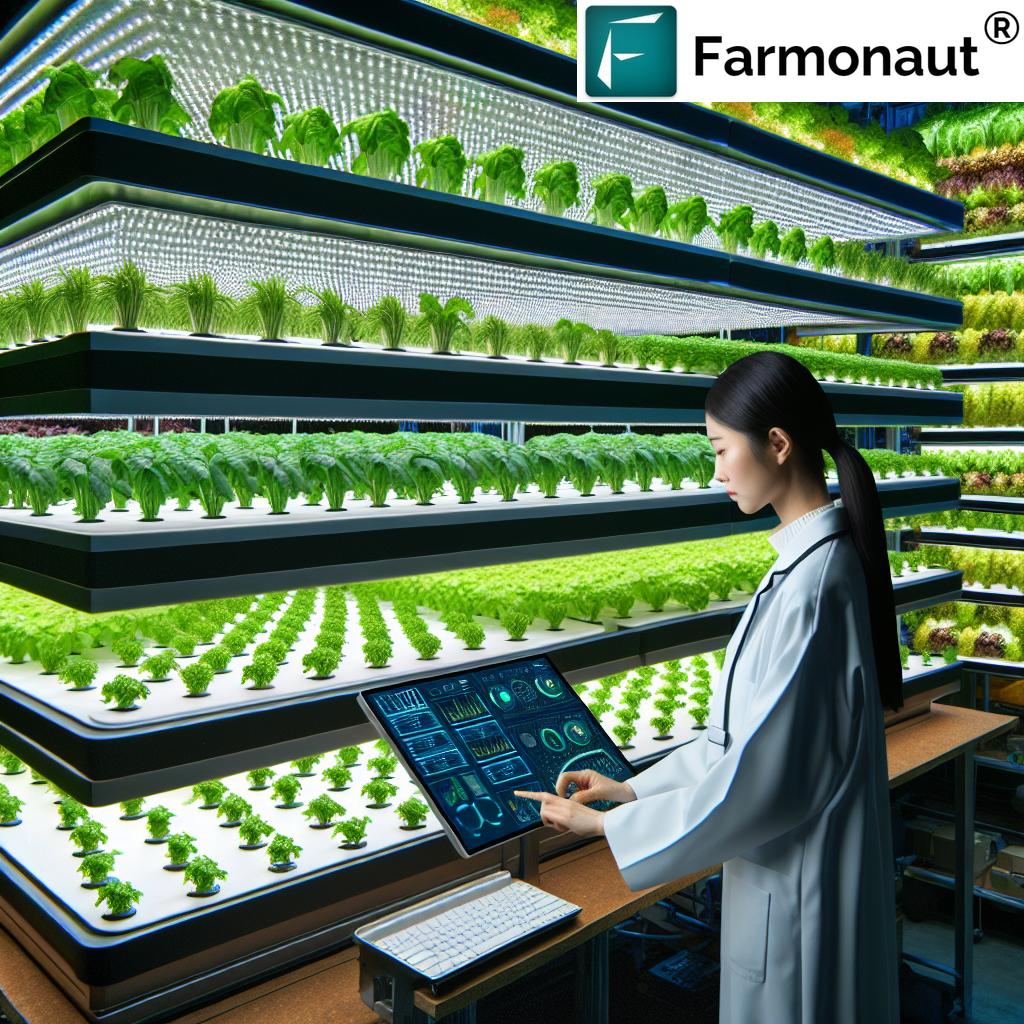
The investment secured by CubicFarms is not just a financial transaction; it’s a vote of confidence in the future of agriculture. This infusion of capital will fuel advancements in automated indoor growing systems, pushing the boundaries of what’s possible in controlled environment agriculture. As we delve deeper into the implications of this investment, it’s crucial to understand the transformative potential of vertical farming and its role in creating a more sustainable and resilient food system.
Understanding the Private Placement
On March 31, 2025, CubicFarm® Systems Corp. (TSXV: CUB) announced the successful closure of its non-brokered private placement. This financial maneuver resulted in the issuance of 8,340,781 Units at a price of C$0.30 per Unit, culminating in gross proceeds of approximately C$2,500,000. Each Unit comprises one common share of the Company and one common share purchase warrant, with each warrant granting the holder the right to acquire an additional Common Share at an exercise price of C$0.50 for a 12-month period from the date of issuance.
The securities offered in this private placement are subject to a four-month and one-day transfer restriction, expiring on July 25, 2025. This restriction, along with other applicable securities laws, ensures a stable investment environment and protects the interests of all stakeholders involved.
Strategic Use of Funds
CubicFarms has outlined its intention to utilize the proceeds from this private placement for general working capital and corporate purposes. This strategic allocation of funds is expected to drive innovation, enhance operational efficiency, and accelerate the company’s growth trajectory in the competitive agricultural technology landscape.
The investment comes at a crucial time when the demand for sustainable and efficient farming solutions is at an all-time high. By bolstering its financial position, CubicFarms is well-poised to expand its research and development efforts, improve its existing technologies, and potentially explore new markets for its innovative vertical farming systems.
The Impact on Vancouver’s Agricultural Landscape
Vancouver, known for its commitment to sustainability and innovation, stands to benefit significantly from this investment in advanced agricultural technology. The city’s urban farming initiatives and focus on local food production align perfectly with the capabilities of CubicFarms’ vertical farming systems.
As we look towards a future where urban agriculture plays an increasingly vital role in food security, investments like these pave the way for:
- Increased local food production
- Reduced carbon footprint associated with food transportation
- Year-round availability of fresh produce
- Creation of green jobs in the agricultural technology sector
- Enhanced food security for urban populations
The ripple effects of this investment extend far beyond the immediate financial implications. It signifies a shift towards more sustainable and technologically advanced farming practices, setting a precedent for other cities to follow.
Innovative Vertical Farming Technologies
At the heart of CubicFarms’ success lies its cutting-edge vertical farming technology. These systems represent a paradigm shift in how we approach agriculture, especially in urban and peri-urban settings. Let’s explore some of the key innovations that make these systems a game-changer in the agricultural sector:
Automated Indoor Growing Systems
CubicFarms’ automated indoor growing systems are designed to maximize efficiency and yield while minimizing resource usage. These systems utilize:
- Precision LED lighting to optimize plant growth
- Advanced climate control for ideal growing conditions
- Automated nutrient delivery systems for optimal plant nutrition
- Vertical stacking to maximize space utilization
The level of automation in these systems not only reduces labor costs but also ensures consistent quality and yield, regardless of external environmental factors.
HydroGreen’s Automated Vertical Pastures
A standout feature of CubicFarms’ technology portfolio is the HydroGreen Automated Vertical Pastures. This innovative system revolutionizes livestock feed production by:
- Sprouting grains like barley and wheat in a controlled environment
- Minimizing land, labor, and water usage
- Providing nutritious fresh forage for livestock year-round
- Reducing the need for traditional field equipment and transportation
This technology not only enhances the nutritional value of livestock feed but also contributes significantly to environmentally friendly farming methods.
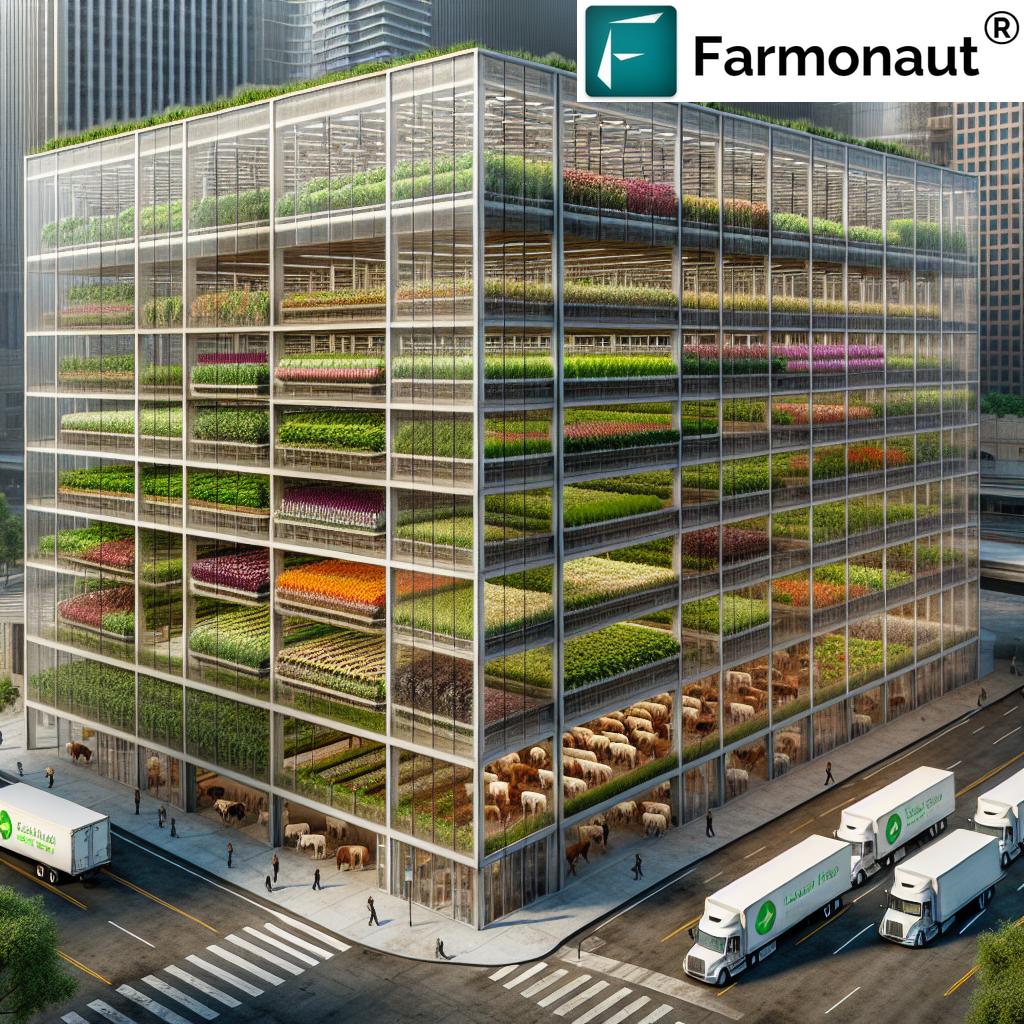
Environmental and Economic Benefits
The adoption of vertical farming technology brings with it a host of environmental and economic benefits that align perfectly with the global push towards sustainability:
Water Conservation
Vertical farming systems can reduce water usage by up to 95% compared to traditional farming methods. This is achieved through recirculating hydroponic systems and precise water management techniques.
Reduced Carbon Footprint
By enabling local food production, these systems significantly reduce the carbon emissions associated with long-distance transportation of produce. Additionally, the controlled environment reduces the need for pesticides and herbicides, further minimizing environmental impact.
Land Use Efficiency
Vertical farming maximizes land use efficiency by growing crops in stacked layers. This approach can yield up to 100 times more produce per square foot compared to traditional farming methods.
Year-Round Production
The controlled environment of vertical farms allows for year-round crop production, independent of seasonal changes. This consistency ensures a stable supply of fresh produce and can help mitigate the effects of climate change on agriculture.
Economic Growth and Job Creation
The expansion of vertical farming operations creates new job opportunities in urban areas, ranging from system operators to agricultural technologists. This contributes to local economic growth and fosters innovation in the agricultural sector.
The Role of Technology in Modern Agriculture
As we witness the rapid advancement of vertical farming technology, it’s important to recognize the broader role of technology in shaping the future of agriculture. Companies like Farmonaut are at the forefront of this technological revolution, offering innovative solutions that complement and enhance vertical farming initiatives.
Farmonaut’s satellite-based farm management solutions provide valuable insights that can be integrated with vertical farming systems to optimize resource management and crop health monitoring. Their crop loan and insurance services also play a crucial role in supporting the financial stability of agricultural ventures, including innovative projects like vertical farms.
“Cutting-edge indoor growing systems promise year-round fresh produce, revolutionizing food supply chains in urban areas.”
Investment Impact on Vertical Farming Metrics
To better understand the potential impact of the $2.5M investment in CubicFarms’ vertical farming systems, let’s examine a comparative analysis of key metrics before and after the investment:
| Metric | Pre-Investment Estimate | Post-Investment Projection |
|---|---|---|
| Annual Crop Yield (tons) | 500 | 750 |
| Energy Efficiency (kWh per kg of produce) | 3.5 | 2.8 |
| Water Usage (liters per kg of produce) | 4 | 3 |
| Vertical Farm Footprint (square meters) | 5,000 | 6,500 |
| Variety of Crops Grown | 15 | 25 |
| Automated Systems Integration (%) | 75% | 90% |
| Local Market Supply Capacity (%) | 30% | 45% |
| Estimated CO2 Emissions Reduction (tons/year) | 200 | 350 |
This table illustrates the significant improvements expected across various aspects of vertical farming operations as a result of the investment. The projections show notable increases in crop yield, energy efficiency, and local market supply capacity, along with reductions in water usage and CO2 emissions.
The Future of Agriculture: A Collaborative Effort
As we look to the future of agriculture, it’s clear that success will depend on collaborative efforts between various technological solutions. While vertical farming systems like those developed by CubicFarms address the challenges of urban food production, complementary technologies are equally important in creating a holistic approach to sustainable agriculture.
For instance, Farmonaut’s carbon footprinting services can play a crucial role in helping vertical farming operations monitor and reduce their environmental impact. By providing real-time data on emissions, these tools enable businesses to take concrete steps towards sustainability and compliance with environmental regulations.
Similarly, Farmonaut’s fleet management solutions can optimize the logistics of distributing produce from vertical farms to local markets, further reducing the carbon footprint of the food supply chain.
Challenges and Opportunities
While the future of vertical farming looks promising, it’s important to acknowledge the challenges that lie ahead:
- High initial investment costs
- Energy consumption of indoor growing systems
- Limited crop variety compared to traditional farming
- Perception and consumer acceptance of vertically farmed produce
However, these challenges also present opportunities for innovation and growth. The recent investment in CubicFarms is a testament to the industry’s potential to overcome these hurdles and create more efficient, sustainable, and productive agricultural systems.
The Role of Policy and Regulation
As vertical farming technology continues to evolve, it’s crucial that policy and regulation keep pace. Governments and regulatory bodies will play a vital role in:
- Developing standards for vertical farming operations
- Providing incentives for sustainable agricultural practices
- Ensuring food safety and quality in controlled environment agriculture
- Supporting research and development in agricultural technology
The success of vertical farming initiatives like CubicFarms will depend not only on technological advancements but also on a supportive regulatory environment that fosters innovation while ensuring public safety and environmental protection.
Conclusion: A Green Revolution for Urban Agriculture
The $2.5 million investment in CubicFarm® Systems Corp. marks a significant milestone in the evolution of urban agriculture. It represents a vote of confidence in the potential of vertical farming technology to address some of the most pressing challenges facing our food systems today.
As we look to the future, it’s clear that vertical farming will play an increasingly important role in ensuring food security, reducing environmental impact, and creating more resilient urban food systems. The collaboration between innovative companies like CubicFarms and complementary technology providers like Farmonaut will be crucial in realizing this vision.
The journey towards a more sustainable and technologically advanced agricultural sector is just beginning. With continued investment, innovation, and collaboration, we can look forward to a future where fresh, locally-grown produce is accessible to urban populations year-round, and where agriculture works in harmony with our environment rather than against it.
FAQ Section
Q: What is vertical farming?
A: Vertical farming is an innovative agricultural method that involves growing crops in vertically stacked layers, often in controlled environments like warehouses or shipping containers. It utilizes technologies such as hydroponics, aeroponics, and controlled environment agriculture to maximize space efficiency and crop yield.
Q: How does vertical farming contribute to sustainability?
A: Vertical farming contributes to sustainability by significantly reducing water usage, minimizing the need for pesticides, decreasing transportation costs and emissions, and enabling year-round local food production. It also maximizes land use efficiency, which is crucial in urban areas with limited space.
Q: What types of crops can be grown in vertical farms?
A: While vertical farms can grow a variety of crops, they are particularly well-suited for leafy greens, herbs, and some fruits and vegetables. Common crops include lettuce, spinach, kale, basil, strawberries, and tomatoes. Research is ongoing to expand the range of crops suitable for vertical farming.
Q: How does the investment in CubicFarms impact the agricultural technology sector?
A: The $2.5 million investment in CubicFarms signals strong confidence in the potential of vertical farming technology. It will likely accelerate research and development in the field, potentially leading to more efficient systems, expanded crop varieties, and increased adoption of vertical farming solutions in urban areas.
Q: Are vertical farms economically viable?
A: While initial setup costs for vertical farms can be high, they can become economically viable due to their high productivity, year-round growing capability, and reduced transportation costs. As technology improves and economies of scale are achieved, the economic viability of vertical farms is expected to increase further.
Earn With Farmonaut: Affiliate Program
Earn 20% recurring commission with Farmonaut’s affiliate program by sharing your promo code and helping farmers save 10%. Onboard 10 Elite farmers monthly to earn a minimum of $148,000 annually—start now and grow your income!
For more information on Farmonaut’s API and developer documentation, visit:




